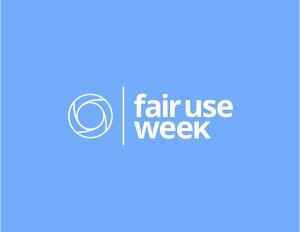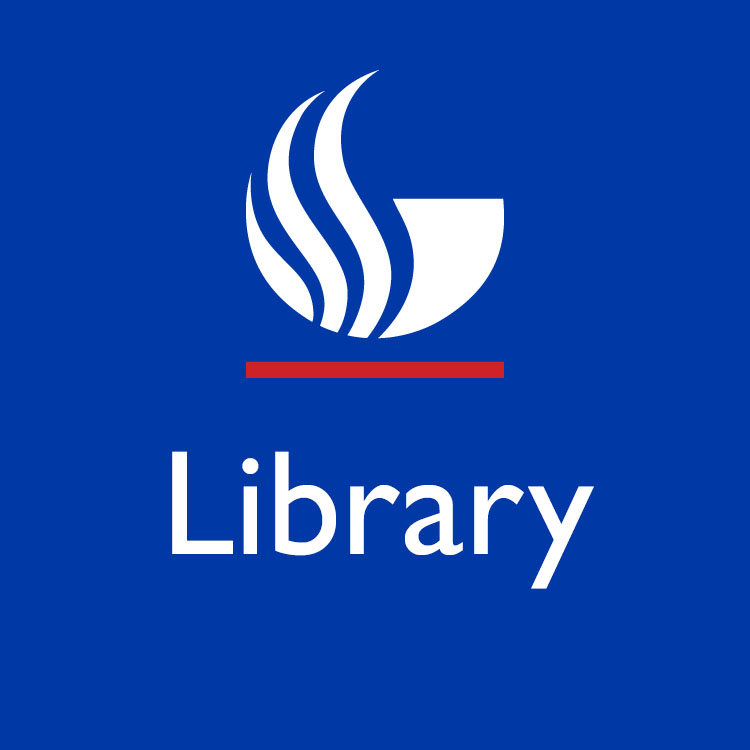Fair Use: The Four Factors
As we announced yesterday, this week is #fairuseweek2015. All week, libraries everywhere are highlighting the ways that fair use supports scholarly and creative work. So what exactly is fair use?
Fair use is an exception to copyright law that allows copyrighted works to be used in certain ways without the copyright holder’s permission. Copyright law protects the rights of a work’s creator to decide how that work is used (within a specified period of time). The fair use doctrine provides an avenue for users to study, expand, reinterpret, and otherwise make use of copyrighted material in a way that will “promote the Progress of Science and useful Arts.”
That’s what fair use is. Just as important, though, is what fair use isn’t–namely, clear-cut and simple to identify. If you Google “fair use checklist” you’ll find dozens, if not hundreds, of helpful documents created by libraries and university legal departments to provide guidance on whether a user’s intended use of a work is fair. What you won’t find is a website where you can check a few boxes and be awarded a declaration that your intended use is definitely, without a doubt, a fair use. That’s because the question of whether a use is fair in a legal sense is one that can only be answered by taking into consideration four different factors:
- The purpose and character of the intended use. How will the copyrighted work be used? Uses that are educational and non-profit in nature are more likely to be considered fair than commercial uses of someone else’s original, copyrighted work. This factor often provides the basis for protection of uses such as scholarship or criticism. Another relevant characteristic of an intended use is whether the use is transformative or derivative. A transformative use presents a copyrighted work in a way that is sufficiently different from the original that it can be considered a new expression. For example, in the case of Authors Guild v. HathiTrust, the HathiTrust Digital Library’s use of books scanned by Google was found to be transformative, presented as they are in the form of a searchable electronic database, and therefore a fair use.
- The nature of the copyrighted work. Is the work fictional or factual? Published or unpublished? Works of fiction are more likely to be protected, since they are necessarily original creations of an author. Likewise, uses of unpublished works are less likely to be fair uses than uses of published works, since one tenet of copyright law is that an author has the right to determine whether and when his/her work is made available to the public. In 1984, former New York Times reporter Kennett Love sued investigative journalist Jonathan Kwitny, who had used Love’s papers (held in the archives at Princeton University) to research his book Endless Enemies. In the first edition of the book, Kwitny reproduced a significant amount of a manuscript from Love’s papers; the use of Love’s manuscript was found to be unfair partly because Kwitny had violated Love’s right to control the first exposure of his work to the public.
- The amount and substantiality of the portion used. Generally, the smaller the portion of a copyrighted work used, the more likely that use is to be considered fair–quoting a few lines from a book is usually “fairer” than reproducing an entire chapter. That said, there is no hard-and-fast standard (percentage, number of pages, etc.) for how much of a copyrighted work may be used fairly. Several cases have found that using thumbnails of copyrighted images in search engine results is a fair use, since a thumbnail is a diminished version, not an exact replica, of an image. However, using even a relatively small portion of a copyrighted work can render a use unfair if the portion used constitutes the “heart of the work,” or a central, defining part of the work. This concept was the basis of the copyright infringement case brought against rapper Vanilla Ice in 1991 for his unauthorized use in his song “Ice Ice Baby” of a short bass line from the song “Under Pressure” by David Bowie and Queen. Although the sampled portion of “Under Pressure” is brief, it was distinctive and recognizable enough for the court to rule in favor of Bowie’s and Queen’s objection to its inclusion.
- The effect of the use on the work’s market value. In order to be considered fair, the use of a copyrighted work cannot impinge upon a creator’s ability to make money from his/her own creation. In 1991, shortly after the popular television show Twin Peaks aired, author Scott Knickelbine and the company Publications International, Ltd. published a book titled Welcome to Twin Peaks that purported to be the definitive guide to the series. The book’s publication was not authorized by the show’s creators. The creators sued Knickelbine and Publications International for copyright infringement due to their extensive use of character, plot, and setting descriptions. The primary argument used to support the infringement claim was that the book’s publication would impede the creators’ ability to publish and sell their own version of such a book, should they decide to do so.
It is important to remember that there is no formula for assessing fair use–making a fair use determination involves weighing each of the four factors and examining how they apply in a specific situation. While there is no guarantee that each factor will carry the same weight in any two cases, understanding the basic principles of fair use can help students and faculty use copyrighted material responsibly and effectively.
For more information on fair use in academia, see:
- Aufderheide, Patricia. Reclaiming Fair Use: How to Put Balance Back in Copyright. Chicago; London: University of Chicago Press, 2011.
- Butler, Rebecca P. Copyright for Academic Librarians and Professionals. Chicago: ALA Editions, 2014.
- Crews, Kenneth D. Copyright, Fair Use, and the Challenge for Universities: Promoting the Progress of Higher Education. Chicago: University of Chicago Press, 1993.
- Hoon, Peggy. Guidelines for Educational Use of Copyrighted Materials: Designed for Educators and Librarians in the Higher Education Setting. Pullman, Wash.: Washington State University Press, 1997.
